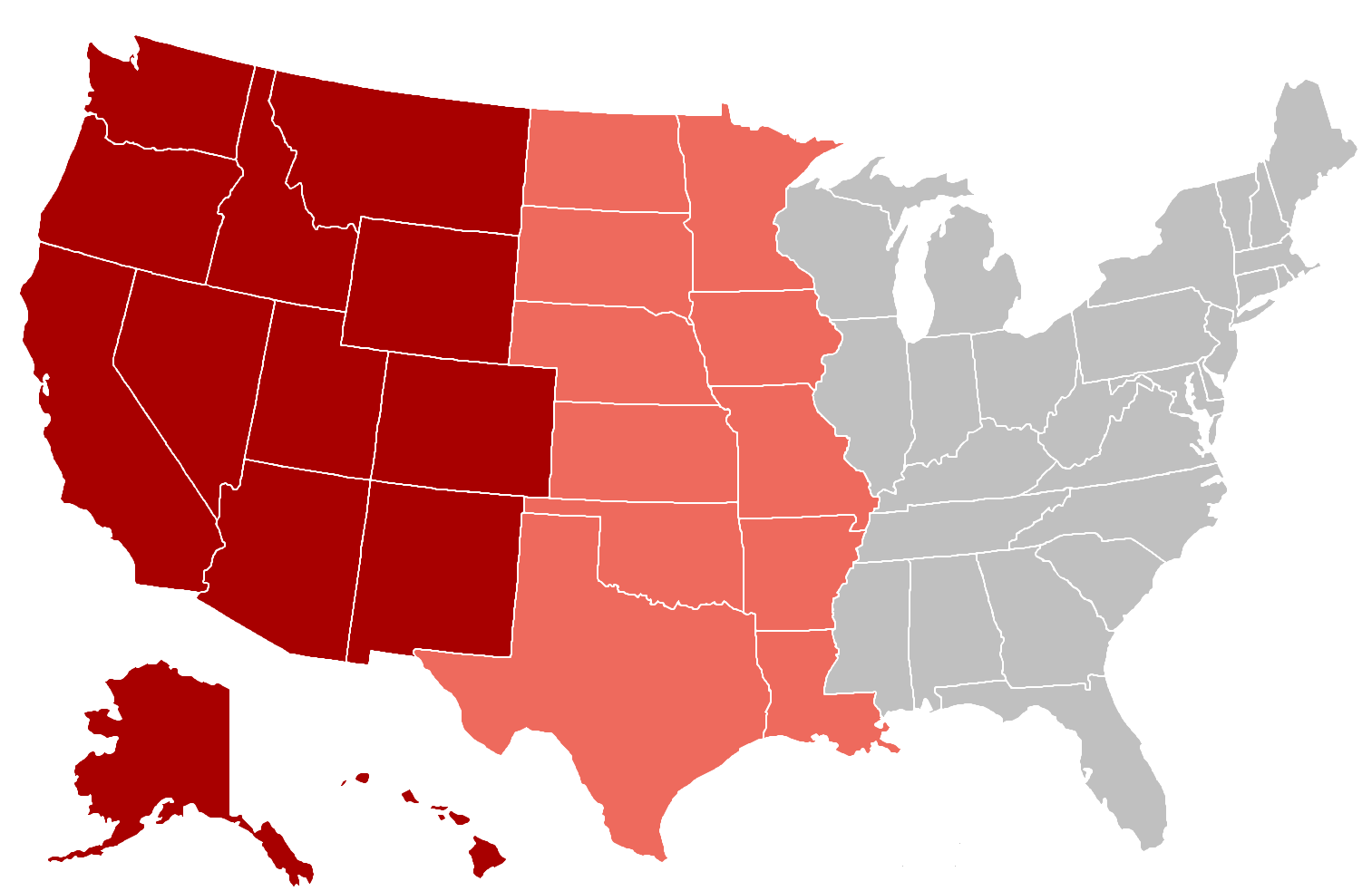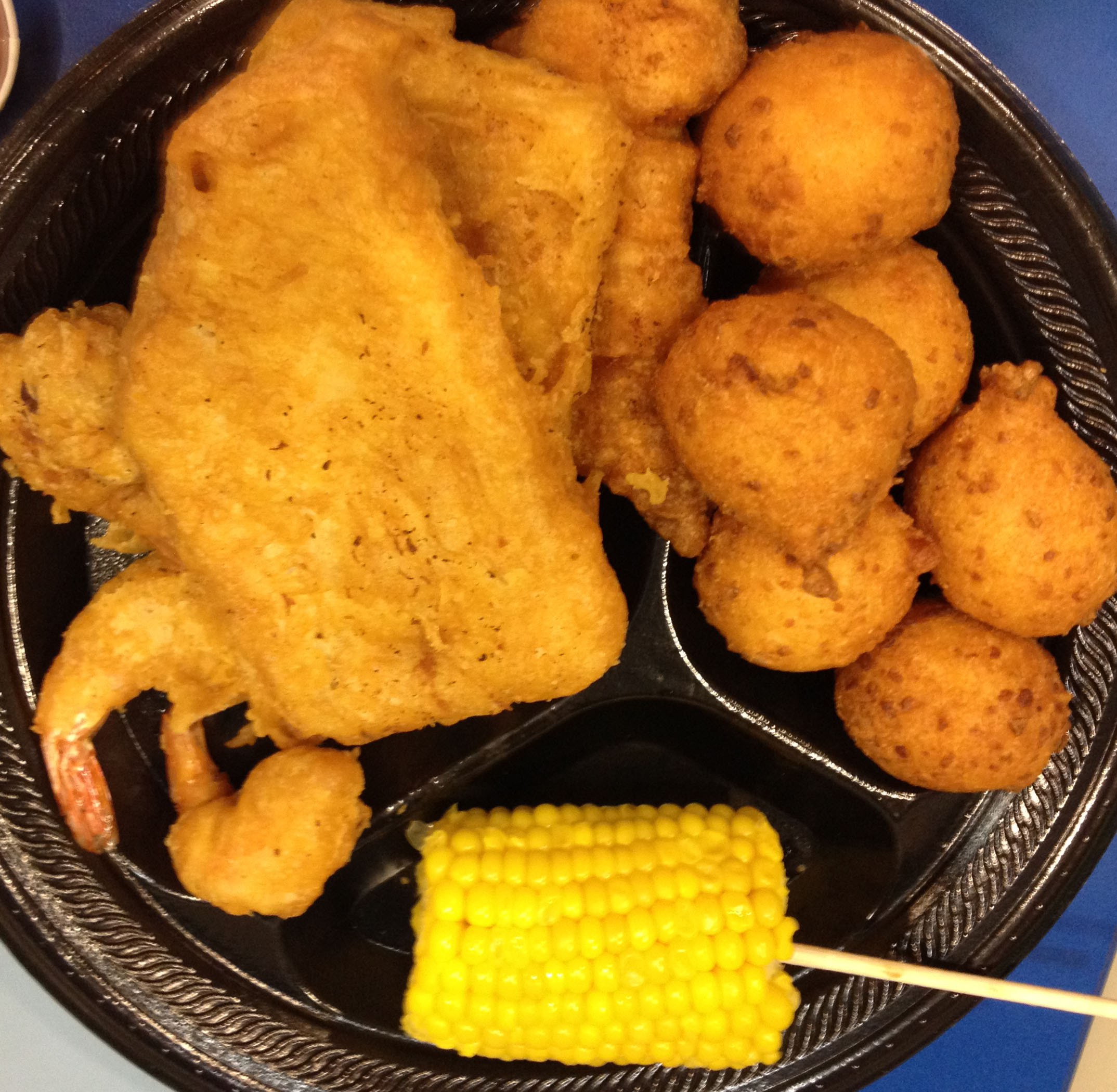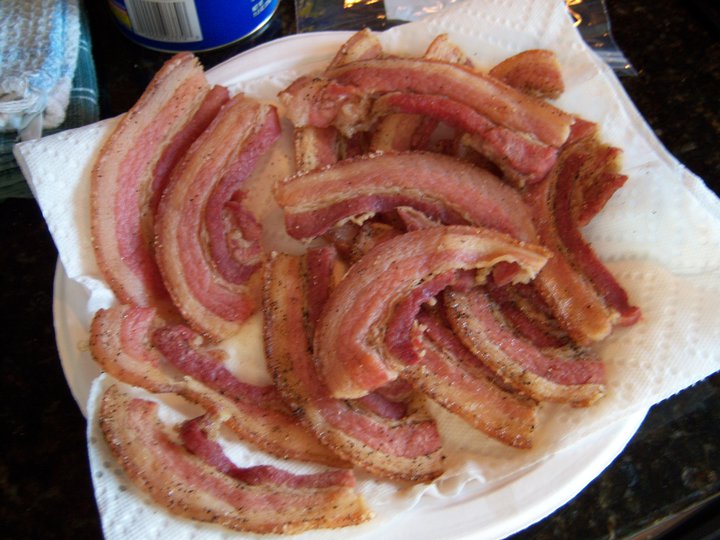|
Quails As Food
Both Old World and New World quail include edible species. The common quail used to be much favoured in French cooking, but quail for the table are now more likely to be domesticated Japanese quail. The common quail is also part of Polish cuisine, Maltese cuisine, Portuguese cuisine, Italian cuisine, Mexican cuisine, and Indian cuisine. Quail are commonly eaten complete with the bones, since these are easily chewed and the small size of the bird makes it inconvenient to remove them. Quail that have fed on hemlock (e.g., during migration) may induce acute kidney injury due to accumulation of toxic substances from the hemlock in the meat; this problem is referred to as " coturnism". A persistent myth holds that it is impossible to eat quail every day for a month. This has been the subject of a number of proposition bets; however, it has been achieved on several occasions. This "every-day-for-a-month" estimation may have been derived from a Biblical passage about quail. The ... [...More Info...] [...Related Items...] OR: [Wikipedia] [Google] [Baidu] |
Quail Saltimbocca With Polenta Fritter - King River Cafe (65050203)
Quail is a collective name for several genera of mid-sized birds generally placed in the order Galliformes. The collective noun for a group of quail is a flock, covey, or bevy. Old World quail are placed in the family Phasianidae, and New World quail are placed in the family Odontophoridae. The species of buttonquail are named for their superficial resemblance to quail, and form the family Turnicidae in the order Charadriiformes. The king quail, an Old World quail, often is sold in the pet trade, and within this trade is commonly, though mistakenly, referred to as a "button quail". Many of the common larger species are farm-raised for table food or egg consumption, and are hunted on game farms or in the wild, where they may be released to supplement the wild population, or extend into areas outside their natural range. In 2007, 40 million quail were produced in the U.S. New World *Genus ''Callipepla'' **Scaled quail, (commonly called blue quail) ''Callipepla squamata'' * ... [...More Info...] [...Related Items...] OR: [Wikipedia] [Google] [Baidu] |
Cuisine Of The Western United States
The Western United States has its own cuisine, distinct in various ways from that of the rest of the country. States west of Texas, Kansas, Missouri, and Nebraska would be considered part of this area, as would, in some cases, western parts of adjoining states.Cuisine of the West Coast Article - Allrecipes.com The locavore movement is increasingly influential, as is the concept of sustainability. The influence of the Native American cultures of each area, but especially in the Northwest and in |
Cuisine Of The Southern United States
The cuisine of the Southern United States encompasses diverse food traditions of several regions, including Tidewater, Appalachian, Lowcountry, Cajun, Creole, and Floribbean cuisine. In recent history, elements of Southern cuisine have spread to other parts the United States, influencing other types of American cuisine. Many elements of Southern cooking—tomatoes, squash, corn (and its derivatives, such as hominy and grits), and deep-pit barbecuing—are borrowings from indigenous peoples of the region (e.g., Cherokee, Caddo, Choctaw, and Seminole). From the Old World, European colonists introduced sugar, flour, milk, eggs, and livestock, along with a number of vegetables; meanwhile, enslaved West Africans trafficked to the North American colonies through the Atlantic slave trade introduced black-eyed peas, okra, rice, eggplant, sesame, sorghum, melons, and various spices. Rice became prominent in many dishes in the Lowcountry region of South Carolina due to the fact ... [...More Info...] [...Related Items...] OR: [Wikipedia] [Google] [Baidu] |
Meat By Animal
Meat is animal flesh that is eaten as food. Humans have hunted, farmed, and scavenged animals for meat since prehistoric times. The establishment of settlements in the Neolithic Revolution allowed the domestication of animals such as chickens, sheep, rabbits, pigs, and cattle. This eventually led to their use in meat production on an industrial scale in slaughterhouses. Meat is mainly composed of water, protein, and fat. It is edible raw but is normally eaten after it has been cooked and seasoned or processed in a variety of ways. Unprocessed meat will spoil or rot within hours or days as a result of infection with, and decomposition by, bacteria and fungi. Meat is important to the food industry, economies, and cultures around the world. There are nonetheless people who choose to not eat meat (vegetarians) or any animal products (vegans), for reasons such as taste preferences, ethics, environmental concerns, health concerns or religious dietary rules. Terminology ... [...More Info...] [...Related Items...] OR: [Wikipedia] [Google] [Baidu] |
Quail Eggs
Quail eggs are eaten and considered a delicacy in many parts of the world, including Asia, Europe, and North America. In Japanese cuisine, they are sometimes used raw or cooked as ''tamago'' in sushi and often found in ''bento'' lunches. In some other countries, eggs of quail are considered less exotic. In Brazil, Colombia, Ecuador and Venezuela, a single hard-boiled quail egg is a common topping on hot dogs and hamburgers, often fixed into place with a toothpick. In the Philippines, '' kwek-kwek'' is a popular street food delicacy, which consists of soft-boiled quail eggs dipped in orange-colored batter before being skewered and deep-fried. In Indonesia, small packages of hardboiled quail eggs are sold by street vendors as snacks, and skewered quail eggs are sold as ''satay'' to accompany main dishes such as '' soto'' and ''bubur ayam''. In Vietnam, bags of boiled quail eggs are sold on street stalls as inexpensive beer snacks. In South Korea, large, inexpensive bags of boil ... [...More Info...] [...Related Items...] OR: [Wikipedia] [Google] [Baidu] |
Shlomo Zev Zweigenhaft
Rabbi Shlomo Zev Zweigenhaft (Hebrew: ) was a Rosh Hashochtim of Poland (overseeing the country's kosher slaughterers) before the Holocaust. After the Holocaust he was Chief Rabbi of Hanover and Lower Saxony. Later, after emigrating to the United States he was a Rav Hamachshir (kosher certifier) and was world-renowned for his expertise in all matters related to shechita. He was described as the "foremost authority on shechita" (kosher slaughter). Early life Ancestry Rabbi Zweigenhaft was born in Sosnowiec Poland in 1915. Rabbi Zweigenhaft's mother, Michla, was the daughter of Rabbi Meir Dovid Reinhertz, who was a son of the Rabbi of Yanov and a grandson of the Rabbi of Przedbórz. Rabbi Zweigenhaft's father, Rabbi Moshe Chaim, was a shochet and a student of the Avnei Nezer. At the age of two, Rabbi Zweigenhaft became an orphan and was raised by his paternal grandfather, Rabbi Efraim Mordechai Mottel Zweigenhaft who was shochet and dayin in Sosnowiec and a descendant of the ... [...More Info...] [...Related Items...] OR: [Wikipedia] [Google] [Baidu] |
Orthodox Union
The Orthodox Union (abbreviated OU) is one of the largest Orthodox Jewish organizations in the United States. Founded in 1898, the OU supports a network of synagogues, youth programs, Jewish and Religious Zionist advocacy programs, programs for the disabled, localized religious study programs, and international units with locations in Israel and formerly in Ukraine. The OU maintains a kosher certification service, whose circled-U hechsher symbol, , is found on the labels of many kosher commercial and consumer food products. Its synagogues and their rabbis typically identify themselves with Modern Orthodox Judaism. History Foundation The Union of Orthodox Jewish Congregations of America was founded as a lay synagogue federation in 1898 by Rabbi Henry Pereira Mendes. Its founding members were predominately modern, Western-educated Orthodox rabbis and lay leaders, of whom several were affiliated with the Jewish Theological Seminary (JTS), which originated as an Orthodox in ... [...More Info...] [...Related Items...] OR: [Wikipedia] [Google] [Baidu] |
Kosher
(also or , ) is a set of dietary laws dealing with the foods that Jewish people are permitted to eat and how those foods must be prepared according to Jewish law. Food that may be consumed is deemed kosher ( in English, yi, כּשר), from the Ashkenazic pronunciation (KUHsher) of the Hebrew (), meaning "fit" (in this context: "fit for consumption"). Although the details of the laws of are numerous and complex, they rest on a few basic principles: * Only certain types of mammals, birds and fish meeting specific criteria are kosher; the consumption of the flesh of any animals that do not meet these criteria, such as pork, frogs, and shellfish, is forbidden. * Kosher mammals and birds must be slaughtered according to a process known as ; blood may never be consumed and must be removed from meat by a process of salting and soaking in water for the meat to be permissible for use. * Meat and meat derivatives may never be mixed with milk and milk derivatives: separate equi ... [...More Info...] [...Related Items...] OR: [Wikipedia] [Google] [Baidu] |
Salt Pork
Salt pork is salt-cured pork. It is usually prepared from pork belly, or, more rarely, fatback. Salt pork typically resembles uncut side bacon, but is fattier, being made from the lowest part of the belly, and saltier, as the cure is stronger and performed for longer, and never smoked. Along with hardtack, salt pork was a standard ration for many militaries and navies throughout the 17th, 18th, and 19th centuries, seeing usage in the American Civil War, War of 1812, and the Napoleonic Wars, among others. Salt pork now finds use in traditional American cuisine, particularly Boston baked beans, pork and beans, and to add its flavor to vegetables cooked in water, as with greens in soul food. It is also central to the flavoring of clam chowder. It generally is cut and cooked ( blanched or rendered) before use, however it can be also eaten without prior heat treatment. Salt pork that contains a significant amount of meat, resembling standard side bacon, is known as "streak o' ... [...More Info...] [...Related Items...] OR: [Wikipedia] [Google] [Baidu] |
Lard
Lard is a semi-solid white fat product obtained by rendering the fatty tissue of a pig.Lard entry in the online ''Merriam-Webster Dictionary''. Accessed on 2020-07-05. It is distinguished from , a similar product derived from fat of or . Lard can be rendered by steaming, boiling, or dry heat. The culinary qualities of lard vary somewhat depending on the origin and processing method; if properly rendered, it may be nearly odorless and tasteless.E. S. Clifton, Joseph Kastelic, and ... [...More Info...] [...Related Items...] OR: [Wikipedia] [Google] [Baidu] |
.jpg)






